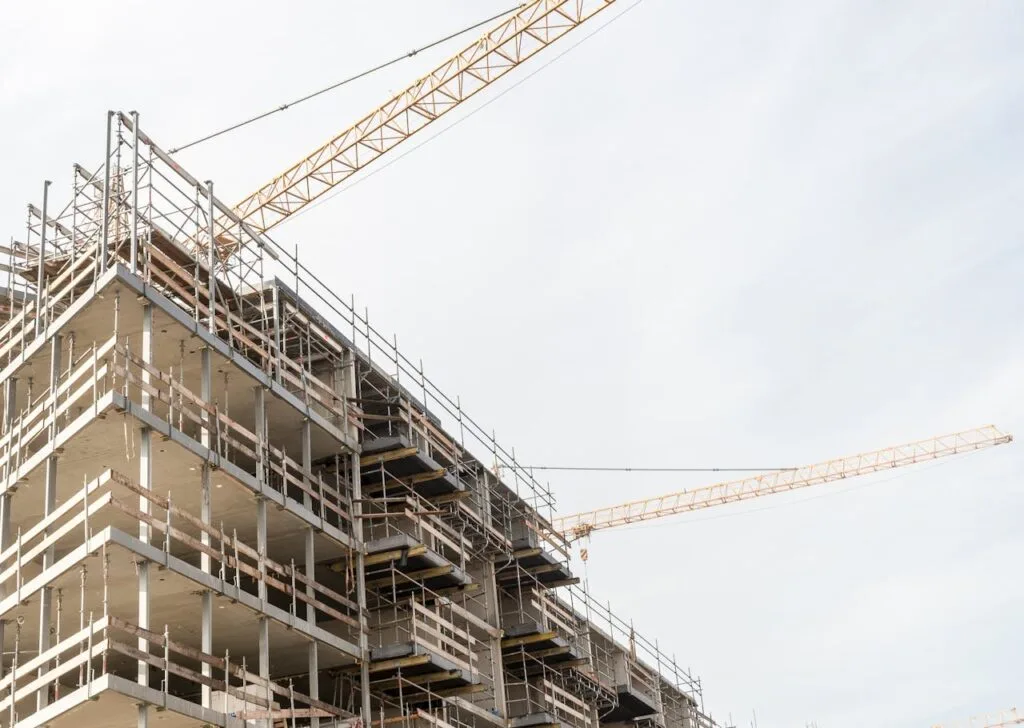Efforts are underway to restore the Prince Hall Masonic Temple, a landmark building in Birmingham, Alabama’s Civil Rights District that once served as a vital center for Black businesses and community services.
The Renaissance-Revival style building, designed by Robert Robinson Taylor, recognized as the first Black architect in the United States, opened in 1922. While originally constructed as a Masonic temple, its eight stories became home to a variety of Black-owned enterprises and organizations during the Jim Crow era, providing spaces where Black patrons could access professional and cultural services otherwise denied to them in other parts of the city.
According to the National Park Service, the building became known as the “Black Skyscraper.” It housed offices for the NAACP, the Booker T. Washington Library (the first in Birmingham to welcome Black visitors), medical and dental practices, and businesses such as tailoring and shoe repair. The temple also included leisure spaces like a bowling alley, pool hall, and a 2,000-seat auditorium, where African Americans could choose their seats freely, an uncommon experience at the time.
“The vision was to not only have this be a building for the Masons, but for the larger community,” said Llevelyn Rhone, director of Direct Invest Development, in an interview with WHBM. Corey Hawkins, grand master of the Most Worshipful Prince Hall Grand Lodge of the Free and Accepted Masons of Alabama, emphasized the significance of the building’s accessibility, noting that visitors could enter through the front doors like any other patron.
Economic changes eventually led to the decline of the businesses within the temple, and the building closed in 2011. Now, more than a decade later, developers and community leaders are working to revive it. The restoration project is expected to take about three years, with costs estimated at $30 million. Planners aim to preserve as much of the original structure as possible while reestablishing its role as a community hub.
“It’s time for us to pay back and to serve the temple and give it a restoration that will bring it back to its heyday,” Hawkins said, referencing the spirit of the original fundraising effort in 1922, when the Black community raised $658,000 to bring the building to life.
The project will honor both Taylor’s architectural achievement and the temple’s century-long role in supporting Birmingham’s Black community.














